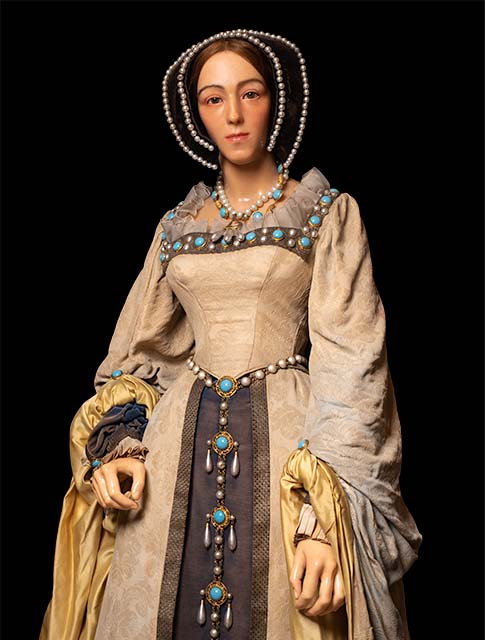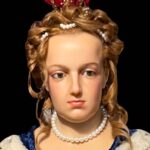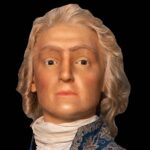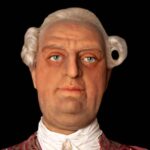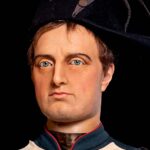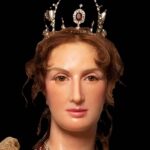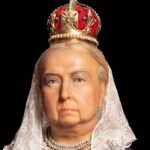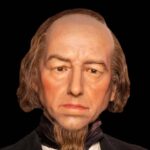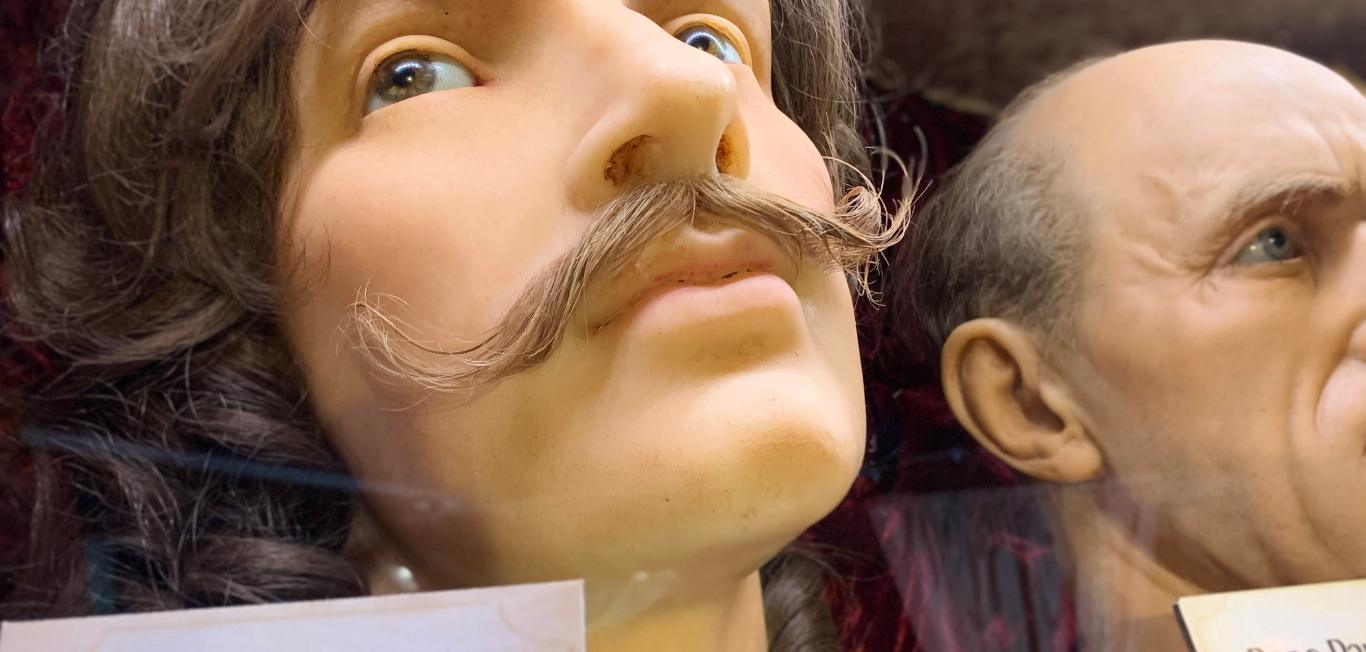Complete History
of Anne Boleyn
King Henry VIII‘s second wife, Anne Boleyn, gave birth to Queen Elizabeth I. She was nurtured in the English court of King Francis I of France at the beginning of the 16th century. Early in the 1520s, Anne went to England and soon established herself as Queen Catherine of Aragon’s lady-in-waiting. Even though he was still married to Catherine, King Henry VIII developed feelings for Anne and started courting her as a future wife. The King desired to have a son after failing to get one with his first wife. Anne desired her children being of royal blood and her son being the king of England. When she failed to bear a son, she began to lose favor in the king’s eye. She was put to death in 1536 after being charged with treason, adultery and incest. Henry’s efforts to get rid of Anne and prepare for his subsequent marriage to Jane Seymour included having her executed.
The legacy of Anne is a complicated one. While some see her as a strong independent woman who challenged the patriarchy, others see her as a cunning opportunist who caused her own demise.
DID YOU KNOW?
Regardless, her life story and her influence on the Tudor dynasty and the development of English history continue to make her a fascinating and contentious figure.
Interesting Facts About Anne Boleyn
Her great-grandfather Geoffrey Boleyn was a hatter.
Sir Geoffrey Boleyn was a hatter. He practiced this skill in London before advancing his career to become a mercer and later Lord Mayor of the city. Sir Geoffrey also boosted the Boleyn family’s standing as the provincial gentry. However, his brother Thomas Boleyn forged a distinguished career in the church and in education. Together they increased the family’s money, influence and prestige.
Anne nearly married her Irish cousin, James Butler, Ninth Earl of Ormond.
Another interesting fact about Anne is that she nearly got married to her cousin. In early 1522, Anne returned from France betrothed to James Butler, Earl of Ormond. Her father and James’ father claimed the title belonged to Anne’s great-grandfather. Her uncle suggested that marriage would help solve the conflict between the two families.
Anne nearly died of the sweating sickness.
The other interesting fact about Anne is that she almost died due to sweating sickness. It is suspected that this may have been a type of influenza noted for its ability to swiftly kill young and healthy victims. The sweat killed one of Anne’s ladies, terrifying King Henry VIII.
Anne unwittingly caused the arrest of Sir Francis Weston.
Anne was accused of adultery and incest. During her interrogation, she mentioned Sir Francis Weston, who had professed affection for her. Weston was popular at court and had not been included in the investigation during the initial stages. Notably, Anne’s statement was sufficient to lead to his arrest and execution.
Anne Boleyn’s sister, Mary, may have given birth to one of Henry VIII’s daughters.
Mary, Anne’s sister, was rumored to have had a secret affair with King Henry VIII while married to William Carey Mary. She later married a lowly man over a decade later. Notably, during the time she was intimate with the king, Mary bore a daughter. The circumstances surrounding this conception are unclear. As such, it cannot be confirmed that she bore the king’s child.
Anne Boleyn was also known as Anne Bullen.
Anne Boleyn’s name varied, and she was sometimes referred to as Anne Bullen. This was common during this time and can be used to explain the bulls’ heads that were part of her family’s coat of arms. Notably, she was listed as Boullan in the court of Margaret of Austria and signed a letter to her father under the same name.
Early Life of
Anne Boleyn
Anne Boleyn was the daughter of a rising star within the Tudor court. Her birth date is debated to be 1501 or 1507. Henry VIII and Anne Boleyn fell in love at ages 38 and 22, respectively, according to John Weever’s account. If Anne was 22 years old in 1529, when Henry VIII was 38, then she was born in 1507.
DID YOU KNOW?
Anne Boleyn's birth date is debated to be 1501 or 1507.
Anne was of royal blood because she descended from Edward I. She had four siblings, among whom she was the oldest. When Anne returned to England, it was suggested that she was in her early 20s. 1521–22 was the prime of her life. Other records reveal that Anne Boleyn traveled to France in her 15th year. Anne was appointed lady-in-waiting to Mary Tudor, Queen of France. The record reveals that Thomas Boleyn requested Margaret of Austria to allow Anne to return to England, where she would accompany King Henry’s sister to France for a wedding. As such, the evidence suggests that she was among the ladies who were allowed to accompany Mary to France. Additionally, Camden began writing his account of Anne Boleyn in the late 16th century, which makes his account of her age accurate because he had access to William Cecil’s personal papers.
One of the arguments concerning Anne Boleyn’s early life is that her stay with Margaret of Austria was not to be in her service but to be educated with her nephews and nieces. This can be supported by a letter to Anne’s father, which referred to her tutors’ techniques. Notably, the choice of Anne Boleyn to accompany the king’s sister to France is a key element in determining her age because she would not have been chosen if she had been too young. Among the skills that Anne acquired were grammar, reading, writing, good manners, embroidery, dancing, music, household management and needlework. Some of the games that she was taught included cards, dice and chess. Anne Boleyn also learned falconry, archery, hunting and riding. This explains her ability to ride with King Henry VIII during their initial stages of fraternizing.
DID YOU KNOW?
Anne Boleyn also learned falconry, archery, hunting and riding...
Premarital Role and Marriage
Before she wed King Henry VIII, Anne Boleyn hugely impacted England’s overseas affairs. She helped forge a partnership with France and got along with the French ambassador. When Henry bestowed upon her the Marquessate of Pembroke, she became an affluent and powerful woman. Her father was made Earl of Wiltshire, and her sister received a pension due to the king’s relationship with her family. Despite the political victory of the Calais Conference, the French king continued to support the pope in his alliances. In order to legalize their marriage, Henry and Anne performed a second private ceremony in January 1533 after getting married in secret in November 1532. Henry’s marriage to Catherine was pronounced void by Archbishop of Canterbury Cranmer.
Queen of England and Her Strife With the King
The final queen consort to be crowned, apart from her husband, was Anne Boleyn. She received the title in June 1533 at Westminster Abbey. The general public’s reaction was muted. In late 1534, Henry VIII severed relations with Rome by announcing that he was the “sole supreme head of the Church of England on earth.” In addition to defending and supporting Protestants, Anne was instrumental in persuading Matthew Parker, a Protestant reformer, to serve as her chaplain. In a letter to Thomas Cromwell, she begged for support for a persecuted English businessman who had contributed to the spread of the English New Testament.
FAQs
What impact did Anne Boleyn have on history?
Anne Boleyn was instrumental in promoting and protecting evangelicals and those wishing to study the scriptures of William Tyndale. Anne’s marriage to King Henry VIII was the root cause of the breakdown of the church from the singular Roman Catholic establishment that was predominant in England. Notably, Anne influenced the king so that he established his authority above the pope and became the supreme head of the Church of England.
How many miscarriages did Anne Boleyn have?
There are two recorded miscarriages, in 1534 and 1535, of Anne Boleyn and King Henry VIII. The first miscarriage is based on the evidence concerning her pregnancy. Additionally, a meeting was canceled because King Henry and Anne Boleyn could not cross the sea because she was long gone with her child.
What is Anne Boleyn’s legacy?
Though historians disagree on the extent of Anne’s involvement in the events, she is recognized as the monarch who contributed to the separation from the Roman Catholic Church. She is also remembered for her sharp wit and independent spirit, which helped her become a well-known figure in popular culture.
Do any of Anne Boleyn’s belongings still exist?
There are a few belongings of Anne Boleyn that exist today. These include the Boleyn cup that was made for her in 1535 when she was the queen, shortly before her execution, and the silver-gilt clock. The latter was given to her by King Henry VIII. These belongings were passed down to her children and have been maintained throughout history.
What were Anne Boleyn’s last words?
Anne Boleyn was executed at the behest of her husband, King Henry VIII. She protested her innocence until the last minute. Notably, her final words were uncontroversial because she praised the king for his kindness and accepted the judgment that had been made against her. Some argue that her words were laced with irony because she was considering her daughter’s safety.
